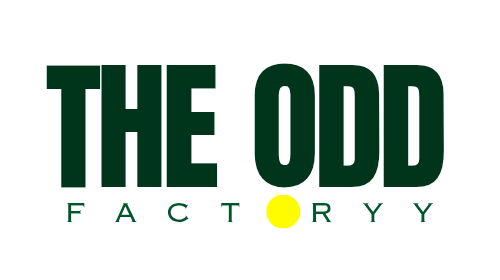Introduction
In the fast-paced and dynamic world of fashion, managing inventory efficiently is crucial for the success of any brand. Choosing the right inventory type can significantly impact your brand\’s operational efficiency and profitability. In this blog we aim to demystify different inventory models and guide you in selecting the most suitable one for your fashion brand.
1. Classic Inventory Model
The Classic Inventory model, also known as the Traditional model, is where brands stock up on a large volume of products in anticipation of demand. This model is often used by established brands with predictable sales patterns.
Suitability: Ideal for large-scale brands with consistent best-sellers and the capacity to store bulk inventory.
2. Just-In-Time (JIT) Inventory
The JIT model focuses on efficiency and flexibility by ordering stock only as needed. This approach reduces storage costs and minimizes the risk of overstocking.
Suitability: Perfect for small to medium-sized brands that want to stay agile and responsive to changing trends without the burden of excess inventory.
3. Dropshipping
Dropshipping is a model where products are manufactured and shipped directly from the supplier to the customer, bypassing the brand’s physical inventory. This method eliminates the need for stocking products.
Suitability: Ideal for new, small-scale brands or online stores looking to minimize upfront costs and risks associated with inventory management.
4. Consignment Inventory
In this model, products are placed in retail stores but remain the property of the brand until sold. The brand only pays for the space their products occupy.
Suitability: Suitable for brands looking to test their products in physical retail spaces without significant investment.
5. Demand-Driven Inventory
This approach relies on real-time demand data to make inventory decisions. It\’s a flexible model that adjusts to consumer buying patterns.
Suitability:Best for brands with a strong online presence and access to real-time sales and trend data.
6. Fast Fashion Inventory
Used predominantly by fast fashion brands, this model involves quick response to current trends, with rapid production and turnaround times.
Suitability:Ideal for brands that operate in the fast fashion space, where speed and trend responsiveness are key.
7. Seasonal Inventory
This model involves stocking inventory based on seasonal trends and demands. Brands plan their inventory according to different seasons of the year.
Suitability: Suitable for brands with products that are highly dependent on seasonal trends, such as swimwear or winter clothing lines.
8. Perpetual Inventory
A modern approach where inventory levels are updated in real-time using software. This model offers a high level of accuracy and visibility.
Suitability:Best for brands of all sizes looking for precise inventory tracking and real-time data analysis.
9. Lean Inventory
Inspired by lean manufacturing principles, this model focuses on minimizing waste and maintaining a lean stock level, only producing what is necessary.
Suitability: Ideal for environmentally conscious brands and those looking to adopt a sustainable business model.
10. Multi-Echelon Inventory
This complex model involves multiple layers of inventory management across different locations and stages of the supply chain.
Suitability: Suitable for large, global brands with complex supply chains and distribution networks.
Choosing the Right Inventory Model
Selecting the right inventory model for your fashion brand depends on various factors:
Brand Size and Scale: – Larger, more established brands might benefit from Classic or Multi-Echelon models, while smaller brands may lean towards JIT or Dropshipping.
Product Type: – Fast fashion brands might prefer the Fast Fashion Inventory model, while brands with seasonal products might opt for the Seasonal Inventory model.
Market Dynamics: – Brands in highly competitive markets might benefit from Demand-Driven or Lean Inventory models to stay agile and responsive.
Financial Resources: – Brands with limited capital might start with Dropshipping or Consignment Inventory to reduce upfront costs.
Sustainability Goals: – Brands focusing on sustainability might prefer Lean or JIT models to minimize waste.
The Odd Factory\’s Approach
At The Odd Factory, we understand the complexities and nuances of inventory management in the fashion industry. We specialize in helping brands develop tailored inventory strategies that align with their specific needs and goals. From designing and sampling to manufacturing, we offer comprehensive solutions to ensure your inventory model supports your brand\’s vision and market positioning. To Start Your Brand with Expert Insights and Customized Growth Plan and a personalized one on One Consultation with our fashion experts you can check out our Bespoke Fashion Brand Starter Kit (Advanced)
Conclusion
Understanding and choosing the right inventory type is a critical decision for any fashion brand. Each model has its strengths and is suitable for different types of brands and market conditions. At The Odd Factory, we are committed to helping you navigate these choices, ensuring that your inventory strategy is a cornerstone of your brand’s success. Whether you\’re a budding entrepreneur or an established label, we\’re here to support your journey in the ever-evolving fashion landscape.
You can Reach out to us on
Mail – info@theoddfactory.com
Whatsapp -+91-7506526252



